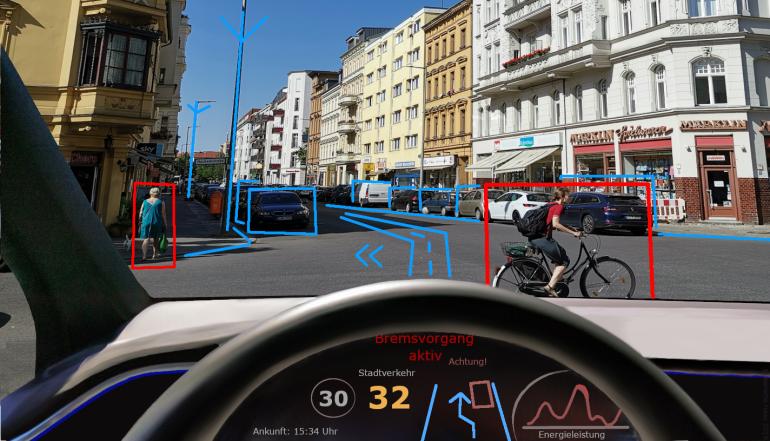There have been several significant trends and developments in the field of artificial intelligence (AI) in recent years:
Increased use of machine learning: Machine learning, which is a type of AI that allows systems to learn and improve their performance without explicit programming, has become increasingly popular in recent years. This has been facilitated by the availability of large amounts of data and powerful computing resources, as well as advances in machine learning algorithms and techniques. Machine learning is being used in a variety of applications, including image and speech recognition, natural language processing, and autonomous systems.
Advancements in deep learning: Deep learning, which is a type of machine learning that uses neural networks to learn from data, has made significant progress in recent years. Deep learning has enabled significant improvements in tasks such as image and speech recognition and has led to the development of AI systems that can perform these tasks at human-like levels of accuracy.
Increasing use of AI in healthcare: AI is being increasingly used in the healthcare industry to help with tasks such as diagnosis, treatment planning, and drug discovery. For example, machine learning algorithms are being used to analyze medical images to detect diseases such as cancer, and natural language processing algorithms are being used to extract information from electronic health records.
Development of autonomous systems: There has been significant progress in the development of autonomous systems that can operate without human intervention. These systems, which include self-driving cars and drones, are equipped with sensors and AI algorithms that allow them to perceive and understand their environment and make decisions based on this information.
Increased concern about the ethical implications of AI: As AI becomes more prevalent, there has been growing concern about the ethical implications of its use. This includes issues such as bias in AI systems, the potential for AI to displace human jobs, and the need for appropriate regulation and oversight of AI systems.
Top Ten Trends:
Here are ten recent trends and developments in artificial intelligence (AI) that are worth noting:
Increased use of AI in healthcare: AI is being increasingly used in the healthcare industry to improve patient care, diagnosis, and treatment. For example, AI-powered systems can analyze medical records, identify patterns and trends, and help doctors make more accurate diagnoses.
Growth of edge AI: Edge AI refers to AI systems that are designed to run on devices at the “edge” of the network, such as smart devices and sensors, rather than in the cloud or a data center. This allows for faster processing and decision-making, as the data does not need to be transmitted over the network.
Advancements in natural language processing (NLP): NLP is a field of AI that focuses on enabling machines to understand, interpret, and generate human language. Recent advances in NLP have led to the development of more sophisticated chatbots and voice assistants, such as Apple’s Siri and Amazon’s Alexa.
Increased use of AI in finance: AI is being used in the finance industry to improve risk assessment, fraud detection, and investment decision-making. For example, AI-powered systems can analyze financial data and identify patterns that may indicate fraudulent activity.
Development of AI-powered robots: AI is being used to develop robots that can perform a wide range of tasks, including manufacturing, assembly, and transportation. These robots are equipped with sensors, cameras, and other devices that allow them to perceive and interact with their environment.
Advancements in AI-powered self-driving vehicles: AI is being used to develop self-driving vehicles that can navigate roads and highways without human intervention. These vehicles use sensors, cameras, and other technologies to perceive their environment and make decisions about how to navigate safely.
Increased use of AI in education: AI is being used in education to personalize learning, grade assignments, and provide feedback to students. For example, AI-powered systems can analyze student data and provide personalized recommendations for course materials and learning activities.
Growth of AI in the gaming industry: AI is being used to develop more realistic and immersive gaming experiences. For example, AI-powered systems can generate non-player characters (NPCs) that behave and respond in a more lifelike manner.
Advancements in AI-powered image and video recognition: AI is being used to improve the accuracy and speed of image and video recognition systems. These systems can analyze images and videos and identify objects, people, and other features within them.
Increased use of AI in agriculture: AI is being used in agriculture to improve crop yields, reduce waste, and optimize irrigation and fertilization. For example, AI-powered systems can analyze data from sensors, cameras, and other devices to identify patterns and trends that can help farmers make more informed decisions about how to care for their crops.

